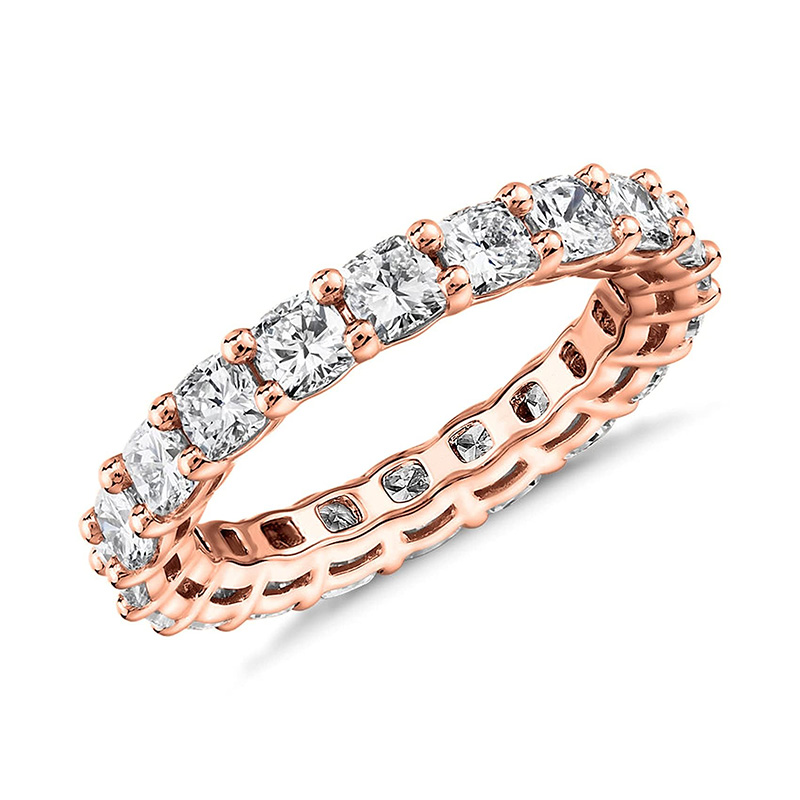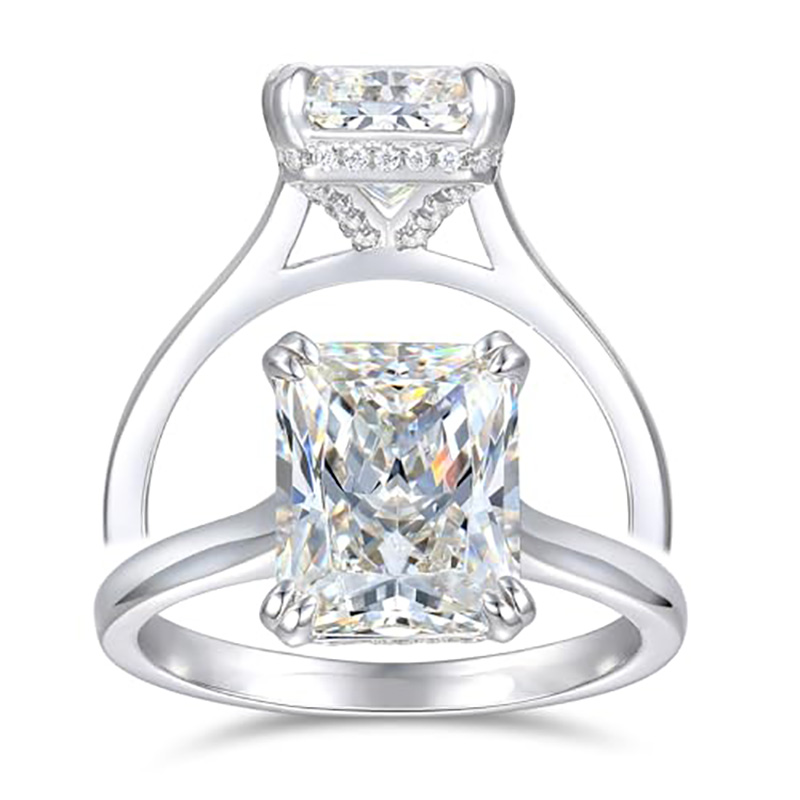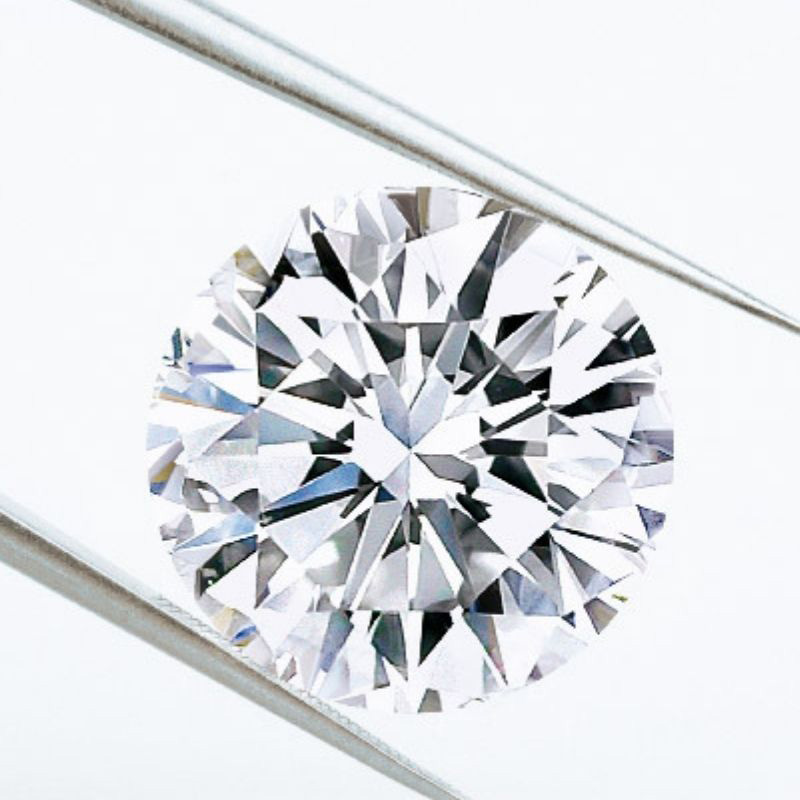Diamonds are universally admired for their brilliance, durability, and status as a symbol of love and commitment. However, with the rise of lab-grown diamonds, buyers now face a key question: which type of diamond is the right choice? In this article, we will delve into the fundamental differences between lab-grown and natural diamonds, examining aspects such as cost, environmental impact, and physical characteristics.

1. What Are Lab-Grown Diamonds and Natural Diamonds?
Lab-Grown Diamonds: Man-made gems identical to natural diamonds, offering affordable and eco-friendly options.
Natural Diamonds: Rare Earth-formed gems, valued for their uniqueness and timeless allure.
2. Cost: Affordability vs. Investment
Natural Diamonds: Natural diamonds are typically more expensive than lab-grown diamonds. This is due to their rarity, complex mining process, and established market perception of natural diamonds as a luxury item. The higher cost can make them valuable for those who view diamonds as an investment, as natural diamonds generally hold their value over time, especially high-quality stones with excellent cut, color, and clarity.
Lab-Grown Diamonds: Lab-grown diamonds offer a more affordable option, generally costing 30-40% less than natural diamonds of comparable size and quality. This price difference makes lab-grown diamonds an attractive choice for budget-conscious buyers or those seeking larger diamonds at a lower price point. However, lab-grown diamonds tend to depreciate in resale value due to their relatively new status in the market and lower rarity.

3. Environmental Impact: Ethical Choices for Eco-Conscious Consumers
Natural Diamonds: Mining natural diamonds has significant environmental impacts, including land disruption, water pollution, and carbon emissions. Despite efforts by the diamond industry to improve mining standards and promote ethical practices, the environmental footprint of natural diamonds remains a concern for eco-conscious consumers. Some companies offer certified “conflict-free” or “ethically-sourced” diamonds, but the ecological effects of mining persist.
Lab-Grown Diamonds: Lab-grown diamonds are widely regarded as a more environmentally friendly option. Producing them requires less land and water and creates a smaller carbon footprint. However, lab-grown diamonds are not entirely impact-free. The energy used in HPHT and CVD processes, often from non-renewable sources, can contribute to carbon emissions. Nonetheless, lab-grown diamonds have gained popularity among consumers seeking a lower-impact choice that aligns with their environmental values.
4. Appearance and Quality: How Do They Compare Visually?
Visual Characteristics: Visually, lab-grown and natural diamonds are almost indistinguishable, even under a jeweler's loupe. Both types of diamonds exhibit the classic "fire" and brilliance associated with diamonds, and they share the same refractive index. A standard diamond grading scale is used for both, evaluating cut, color, clarity, and carat weight, ensuring that lab-grown diamonds meet the same quality standards as natural diamonds.
Inclusions and Imperfections: One subtle difference is that natural diamonds often contain inclusions resulting from their natural formation process, which gives them unique characteristics. Lab-grown diamonds also contain inclusions, but these are typically caused by the manufacturing process and may appear different under high magnification.

5. Ethical Considerations: The Human Side of Diamond Sourcing
Natural Diamonds: The natural diamond industry has long been scrutinized for issues related to "conflict diamonds," stones mined in war zones and sold to finance armed conflicts. While the Kimberley Process and other certifications aim to address these concerns by ensuring that diamonds are ethically sourced, challenges remain. Ethically-minded consumers should verify whether a natural diamond comes with certification from reputable organizations that enforce strict ethical and environmental standards.
Lab-Grown Diamonds: Since they are produced in laboratories, lab-grown diamonds are free from conflict concerns and are seen as a more ethical choice by those wary of supporting industries linked to human rights abuses. This ethical advantage appeals to buyers who value social responsibility in their purchases and want to avoid contributing to any potential harm associated with traditional diamond mining.
6. Making the Choice: Which Type of Diamond Is Right for You?
The decision between a lab-grown and natural diamond ultimately depends on individual priorities and values:
Budget: If cost is a primary factor, a lab-grown diamond offers a larger or higher-quality stone at a more affordable price.
Environmental Impact: Buyers with strong environmental values may lean towards lab-grown diamonds due to their lower ecological footprint.
Resale Value: For those viewing a diamond as an investment, natural diamonds have a stronger track record of maintaining value over time.
Symbolism and Tradition: Buyers who value the natural, unique history of a diamond formed over billions of years may find natural diamonds more meaningful.
Ethical Concerns: If ethical sourcing is a priority, lab-grown diamonds offer a clear-cut alternative with no conflict concerns.

Both lab-grown and natural diamonds possess their own unique appeals, and the choice largely depends on individual values, priorities, and intentions. Natural diamonds offer a sense of rarity, traditional appeal, and investment potential, while lab-grown diamonds provide an ethical, eco-friendly, and affordable alternative without sacrificing quality or beauty.

